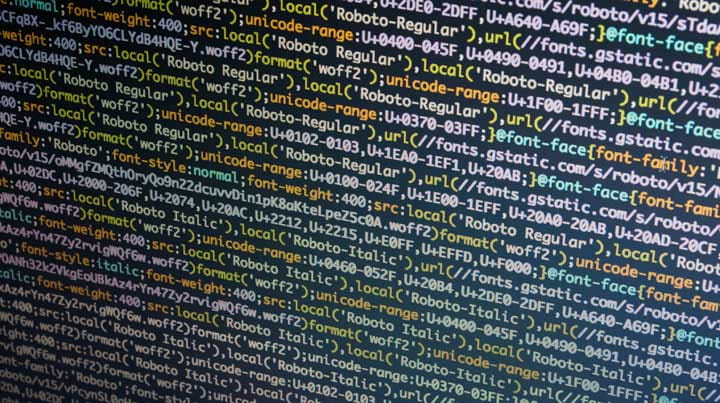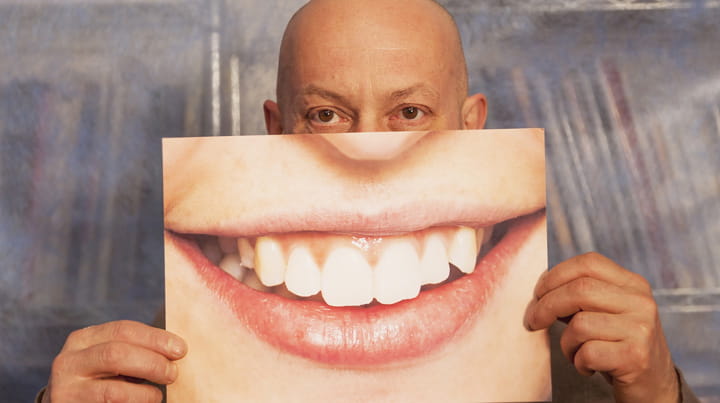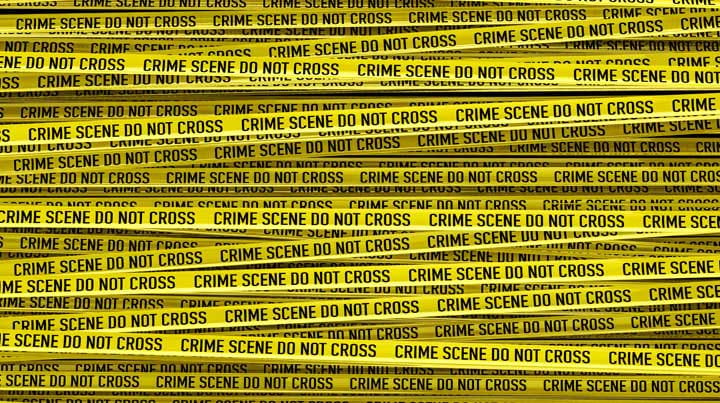 Social divisions, and the inequalities that these inevitably bring, continue to be the most central and defining area and debate within contemporary Sociology.
Social divisions, and the inequalities that these inevitably bring, continue to be the most central and defining area and debate within contemporary Sociology.Gender, Age, Ethnicity, and Class
Here students study the ways in which social divisions, such as those defined by gender, age, ethnicity, and class, have an impact on our lives. This impact can include the life chances we have, the income we receive and the services we can access. Making links to social policy (or applied Sociology) in this area includes the ways in which third sector organisations have proposed to overcome such inequalities in opportunities and the policies that successive governments have adopted in this regard.
First we provide an introduction to social inequality, before turning to the subject of social class. Here we look at Karl Marx and key concepts, the Great British Class Survey, we then ask ‘who are the working class?’ and then consider the demonisation of the working class. Next we tackle gender, and look at women in politics, feminist art, we consider the example of The Fawcett Society, and then cross-cultural examples of gender inequality. Recourse are then presented on ethnicity and poverty in the UK, ethnicity and inequalities in health and ethnicity and long-term unemployment. We then turn to age and look at the young and the old, the ageing workforce and stereotypes of youth. We then turn our attention to sexuality and equality in marriage, and then disability and accessing services. Finally we look at areas of social policy relating to pupil premium funding, positive discrimination and access to work fund. We offer material covering the selection and presentation of the content of the news. Here we consider how the news distorts our worldview, followed the case of the Chinese media and Hong Kong protests, and then we tackle the issue of setting the agenda.Then we look at media representations of ethnicity and Islamophobia, followed by gender representations, and then in more detail gender representations and the 2015 General Election and the media and older women. Finally we look at the relationship between the media and its audiences by considering media violence, children and advertising, models of media influence, and finally, the media, folk devils and moral panics.

This powerful presentation from artist Molly Crabapple looks at the origins of the broken wind...

Referring back to the earlier lesson on official crime statistics, students can begin by remin...

The following New Zealand Ministry of Justice briefing paper outlines a range of explanations ...

Students could be provided with a copy of the following Guardian article and asked to create a...

"The Road from Crime" is a documentary that looks at how and why people stop or desist from of...

Provide students with a copy of the following Daily Mail article which outlines some strange e...

This Guardian article, see link below is useful as it looks at not only the rise in the prison...

In the United States, carrying a firearm is legal. However, how it is carried is dictated by the ...

Some useful background reading and questions, in advance of the lesson, can be found here:

Stephen Lawrence was a young black British man murdered in a racially motivated attack in 1993...

Students can then work in groups to draw out two over-lapping circles where one circle contain...

In February 2015 the BBC revealed that HSBC had helped over 100,000 of its customers evade tax...

Crime and Deviance continues to be one of the most popular, and interesting, areas of Sociolog...